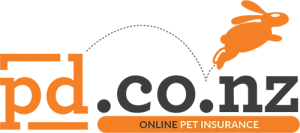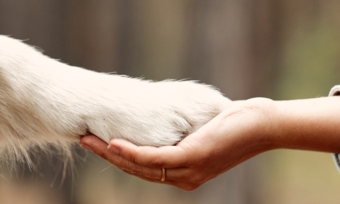We all know that the Australasian region has strict rules governing the entry and exit of animals for biosecurity reasons. But what about taking a dog to Australia from NZ? Do Kiwis face the same strict laws? Let’s find out the details.
According to the Australian Government website for the Department of Agriculture, Fisheries and Forestry, moving a dog from NZ to Australia doesn’t require a permit. Also, unlike canines from other countries, New Zealand dogs have no entry quarantine period.

Does your dog need a health certificate?
With that said, there are still requirements to meet. The first is getting a health certificate from a government approved vet. The certificate must show that:
- Your dog is microchipped
- NZ is free from rabies
- A vet examined your dog and found them fit to travel five days or fewer of you entering Australia
- A vet treated your dog for external and internal parasites five days or fewer of you entering Australia
- The following diseases weren’t confirmed in New Zealand 12 months or fewer of you entering Australia: canine brucellosis, leptospirosis, and indigenous cases of, and established populations of competent vectors for, canine ehrlichiosis and leishmaniosis
- Your dog has lived in New Zealand since birth or importation from Australia. If they haven’t, conditions will apply
Other criteria
Of course, a health certificate isn’t everything. You’ll also need to meet the following criteria:
Age and quarantine
- Your dog isn’t more than 40 days pregnant or suckling puppies at the time you’re entering Australia
- They’re at least eight weeks old at the time of travel
- Your dog was not under any quarantine restrictions at the time you arrived in Australia

Are any breeds banned from Australia?
Australia doesn’t permit entry to the following breeds:
- Pit Bull Terrier types
- Japanese Tosa
- Fila Brasileiro
- Dogo Argentino
- Presa Canario
These wolf-dog crosses also aren’t allowed:
- Czechoslovakian wolfdog or Czechoslovakian Vlcak
- Saarloos wolfdog or Saarloos wolfhound
- Lupo Italiano or Italian wolfdog
- Kunming wolfdog or Kunming dog
Lastly, if your dog has ever been to mainland Africa, a New Zealand government approved vet must treat them for babesia canis.
Consequences for not meeting requirements
It’s very important that you ensure you meet all Australia’s requirements when taking a dog to Australia from NZ. Non-compliance can have serious consequences.
You could have your dog moved to and held in post-entry quarantine until you’re able to produce any outstanding documents. Once they’re there you may have to pay for them to get additional tests. There’s also the risk that they’re exported or even euthanised.
Is the risk really worth not following the right steps?

What else should you know?
Before setting out on your journey, get in touch with the New Zealand Ministry for Primary Industries and find out:
- Which veterinarians and laboratories are approved to provide you with a health certificate
- If New Zealand has any requirements in addition to those stated on the Australian Government website for the Department of Agriculture, Fisheries and Forestry
- Alert the Department at least three days before your arrival by emailing the regional office in the state/territory in which your dog will first arrive in Australia
When you arrive in Australia, a biosecurity officer will check your dog as well as the health certificate your vet provided. If all is in order, you’ll happily be able to take Fido in with you!
Compare pet insurance providers here!
About the reviewer of this page
This report was reviewed by Canstar Content Producer, Caitlin Bingham. Caitlin is an experienced writer whose passion for creativity led her to study communication and journalism. She began her career freelancing as a content writer, before joining the Canstar team.
Enjoy reading this article?
You can like us on Facebook and get social, or sign up to receive more news like this straight to your inbox.
By subscribing you agree to the Canstar Privacy Policy







Share this article